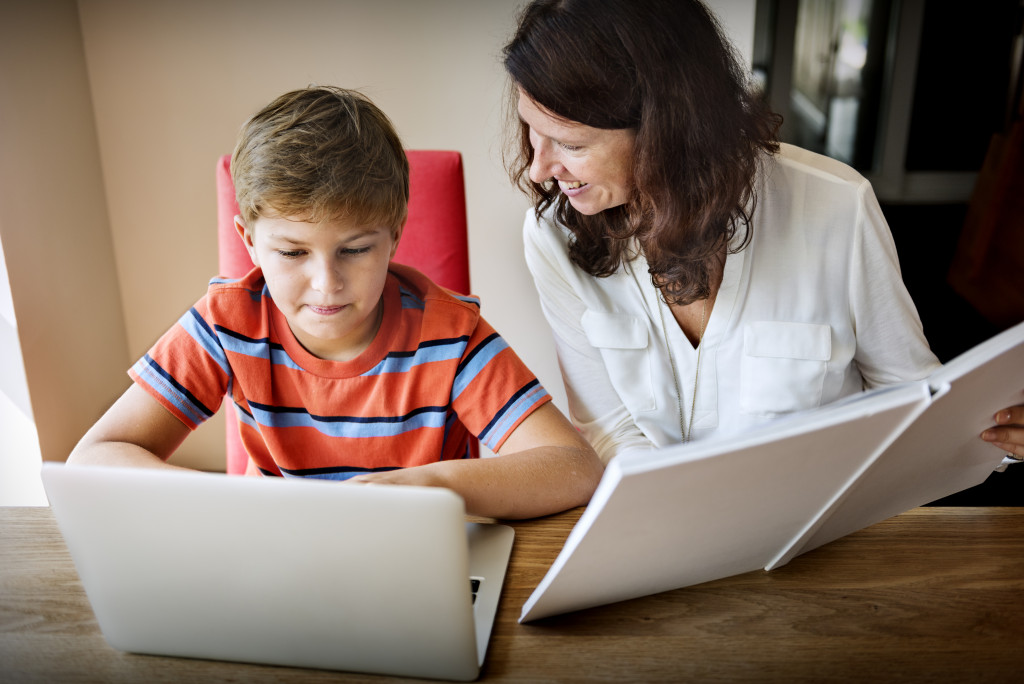The COVID-19 crisis has forced millions of teachers across the globe to transition to remote teaching. While every job comes with its own set of challenges and hazards, online teaching seems to be on the more difficult end of the “easy to hard” spectrum. Studies show that teaching is considered one of the most stressful jobs. Up to 61% of current teachers consider finding a different job, and 47% of teachers have reported experiencing anxiety, depression, or panic attacks due to work-related stress.
Remote teaching made it even more challenging, as more teachers report working more hours to prepare for classes. And with the advent of Zoom fatigue, COVID-era educators are surely finding it much more difficult to teach at a time when they can’t be physically present with their students.
Our teachers, educators, and instructors need all the help they can get. Here are some pointers for effective teaching and self-care because educators are needed now more than ever.
Keep things simple.
Keeping things simple entails creating distance learning experiences that allow for clear instructions and make no room for misunderstanding. Since you won’t be able to be with your students in the same space, think of ways to be more concise when conveying new information. You can opt to provide more readings and other resources instead of spoon-feeding them all the lessons.
Use every digital tool at your disposal.
Every remote educator needs a digital home base to keep themselves organized and stay in touch and step with their students. A digital home base is where you can communicate with your students, share files and resources, and have an organized system to keep track of lessons and attendance. Here are some examples of apps and programs you can use to make teaching a bit easier:
- Google Classrooms, which allow teachers to simplify the processes of creating, distributing, and grading quizzes, tests, and assignments
- Edx is filled with lectures by experts from the country’s top universities. It can also be incorporated into real-time online classrooms.
- Edmodo is an app that allows teachers to speak with their students, fellow teachers, and parents. It has many excellent tools for creating study materials and a way to update parents about their children’s progress.
- TeacherKit is a great management app that helps teachers keep track of their students’ attendance.

Impart independence and integrity.
Remote learning means teachers won’t be able to monitor their students’ progress closely. While online schooling has been a thing for a long time, this is the first time most students in the world are forced to study remotely. Encourage independent learning by setting clear goals for them and motivating them to move at their own pace. Empower them to go through the modules outside of your online classes. At the same time, remind them that while you are there to help and push them in the right direction, they are ultimately responsible for their own learning. They can only learn as much as they are willing to put in the work. Check-in on your students every once in a while, too—chances are, they are also adjusting as much as you.
Make sure you have the right and enough supplies.
What will save you time (and sanity!) while you navigate teaching in a pandemic is having every supply you could need at your disposal. Every teacher’s needs are different, but here are some tools and supplies you would be smart to have in your arsenal at all times:
- A fast and reliable internet connection and a pocket Wi-Fi for when something happens with your main connection
- Basic school supplies like paper, pens, books, and other classroom staples—the lessons might be virtual, but you still need these materials for when you want to deliver lessons the more conventional route, even through video chat
- A trusty and durable laptop or computer
- Scanning and printing materials for visual teaching—colorful visual aids like Oracal 200 signs can be helpful to your students who are particularly visual in their learning style
- Whiteboard and an easel for videotaped lessons
Be kind and compassionate to yourself.
Taking it easy on yourself might look like the following:
- Establishing a healthy routine, which means eating well, exercising, getting enough sleep and rest, and setting healthy boundaries
- Building a tribe around you who understands the struggles of remote teaching
- Not taking it personally when things go sideways—failure is an event. It’s not a person
You are not alone in the fight to educate despite the many challenges. You are doing noble work, and you need to care for yourself well if you want to do it for a long time.
